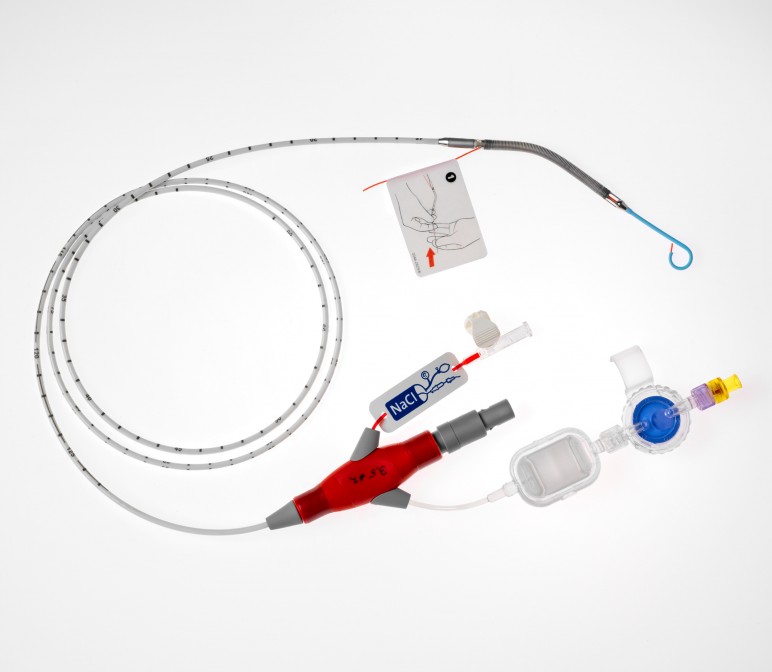Last Thursday, we discussed the ground-breaking study that found non-physician Cath Lab personnel reporting more work-related musculoskeletal pain. Today we'll discuss editorial comments from Dr. James Goldstein in the Journal of the American College of Cardiology and explore ways to advocate and educate about work-related pain from procedures involving radiation in the Cath Lab.
Special Report (2): Advocating and Educating about Work-Related Pain in the Cath Lab

